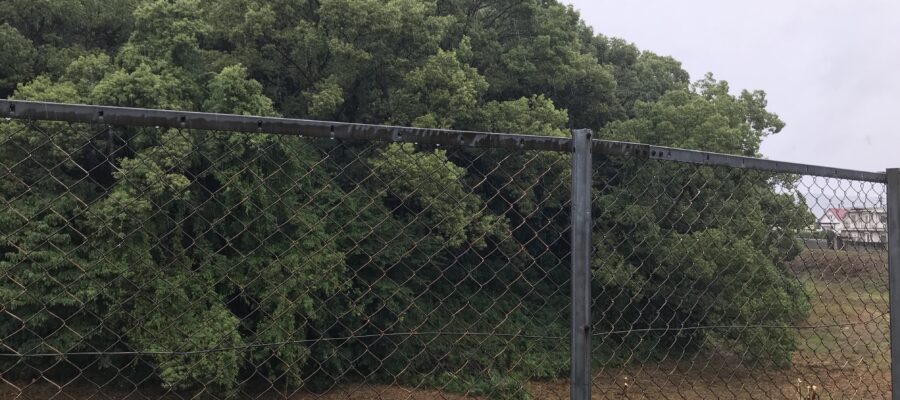3年連続の古墳エリアでの企業研修
古市周辺の古墳を訪ねながら行う企業研修を3年連続で実施しました。1年目は古市エリアで一番大きい応神天皇陵古墳、2年目はフォルムが美しい仲哀天皇陵古墳を巡りました。そして3年目は、いくつかの古墳を回るだけでなく、道明寺や道明寺天満宮など、寺社も巡って観光を活用した地域振興について考えていただきます。
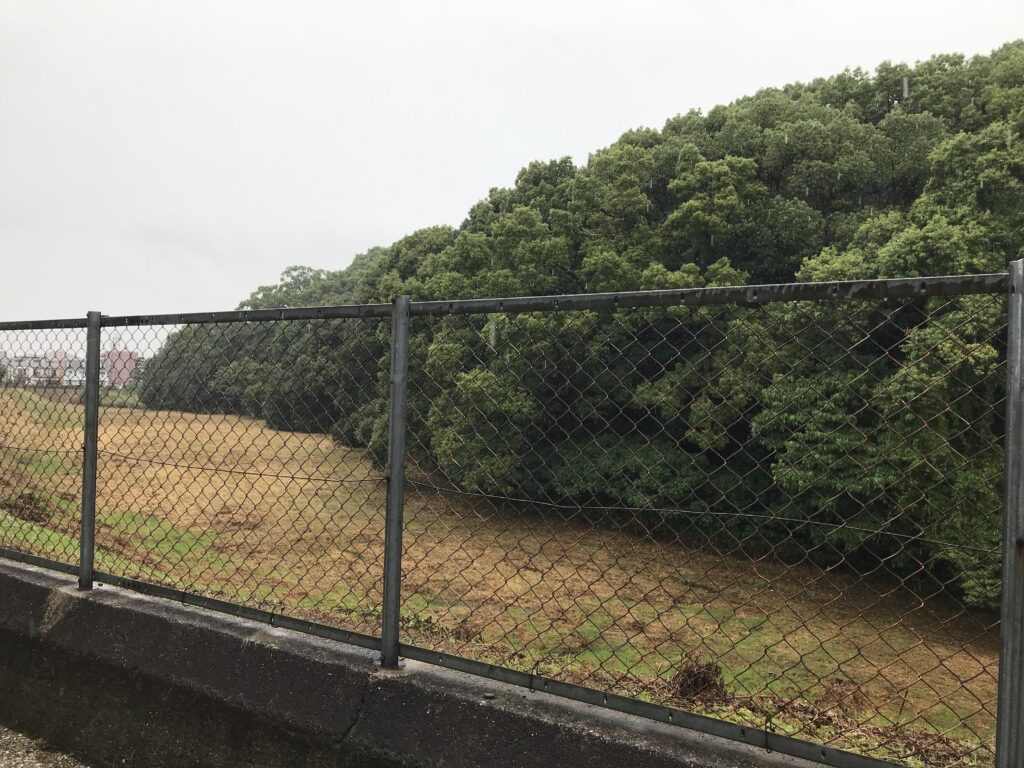
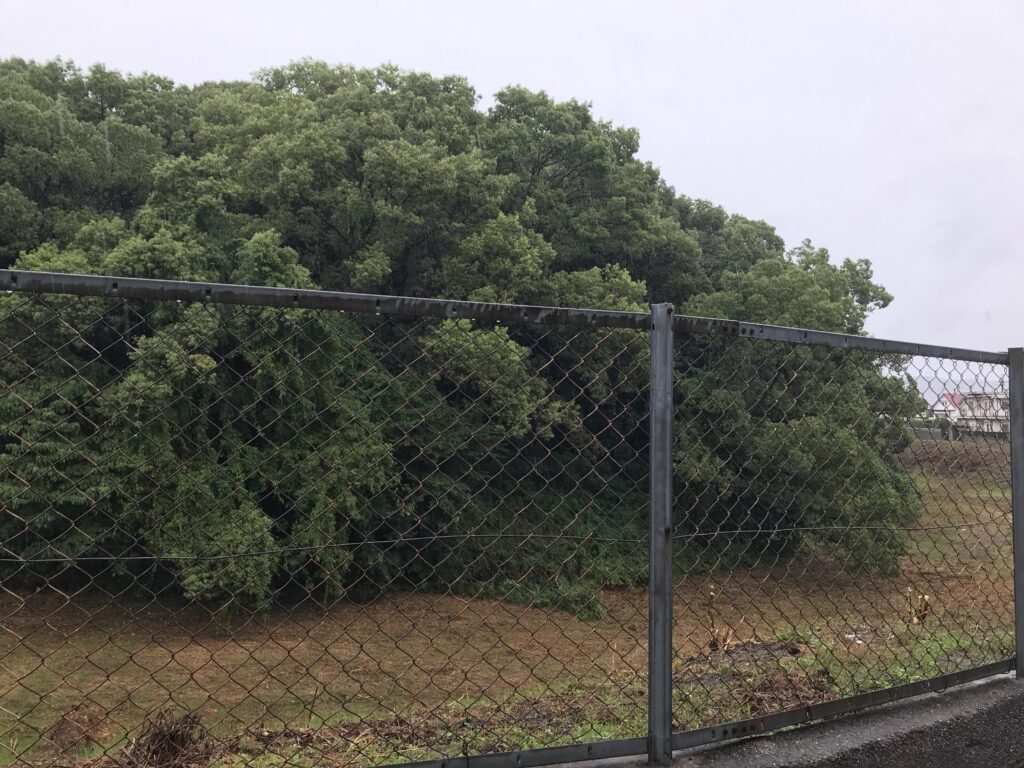
允恭天皇陵は住宅地に、ドーンと姿を現します。濠の水は枯れていることがほとんどなので、水をたたえた他の巨大古墳とは違う雰囲気がします。この古墳の形状は、奈良や大阪北部の古墳と全くの同型だそうで、同じ設計図を使用したのではないかという見方もあります。
様々な古墳に出会う
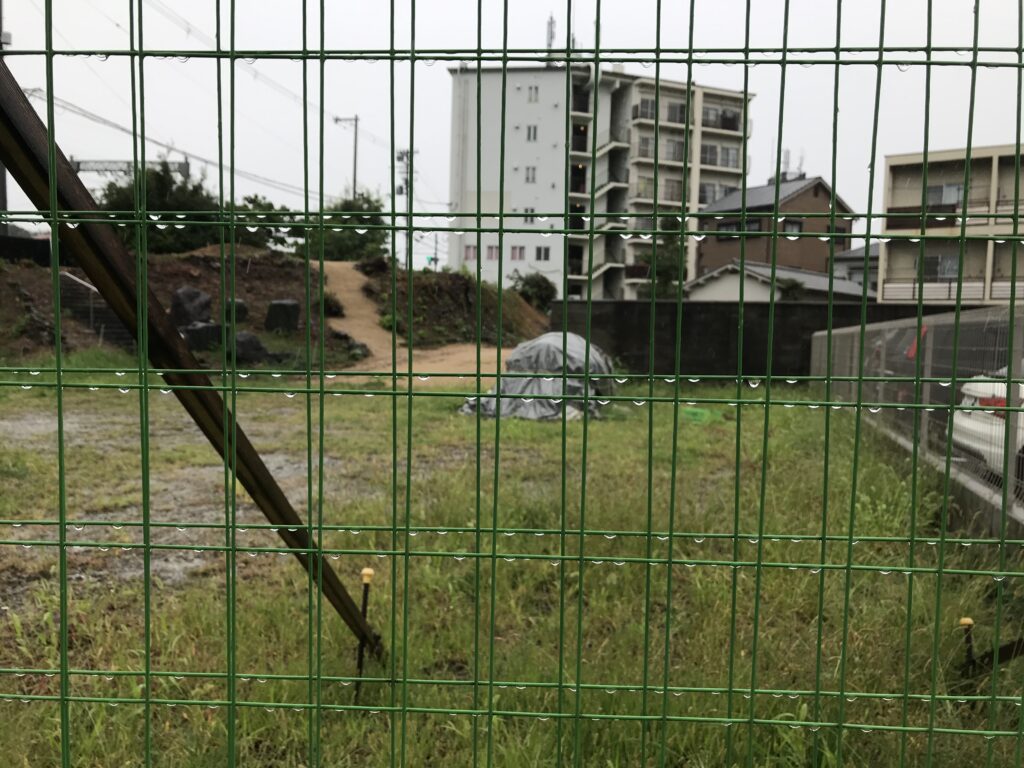
小さな古墳も含めて見学していきます。近鉄線のすぐ近くにある唐櫃山古墳(からとやまこふん)は允恭天皇陵の陪塚です。鉄道を敷く際に、後円部が部分的に削られてしまったそうです。古墳と都市計画について考えさせられる事例です。
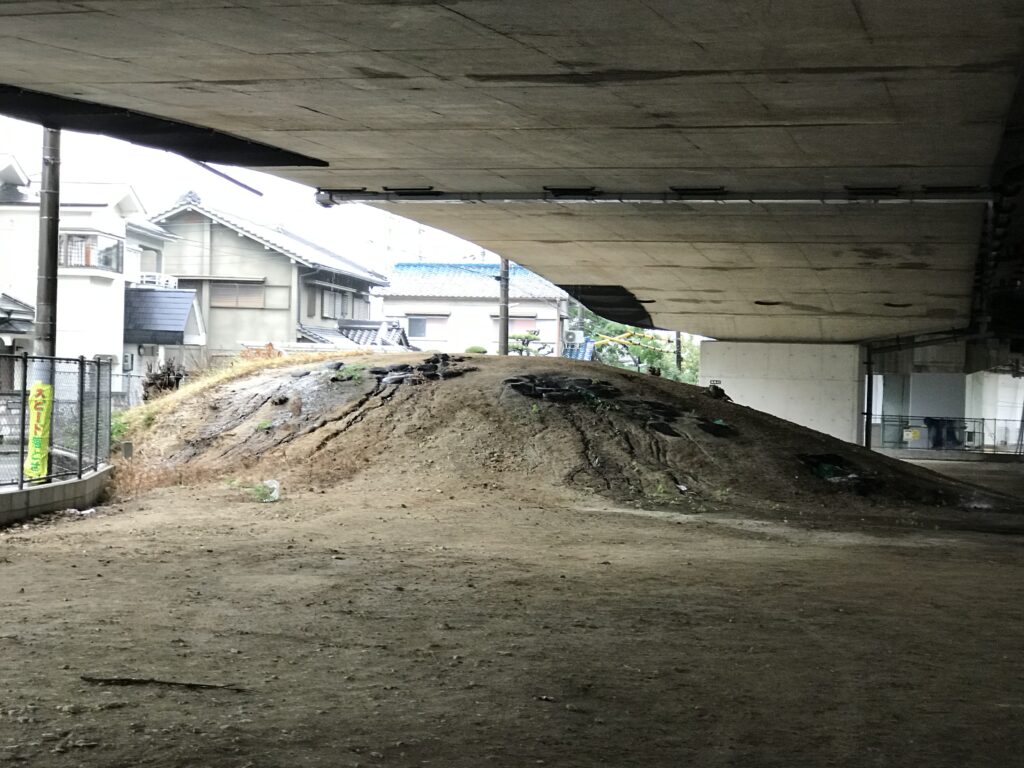
一方、高速道路と古墳が共存しているケースもあります。西名阪自動車道の高架下にある赤面山古墳です。よくぞ残してくれたと思いますが、高速道路から滴る水で、古墳の土の表面が一部えぐられています。まだまだ対策が必要なようです。
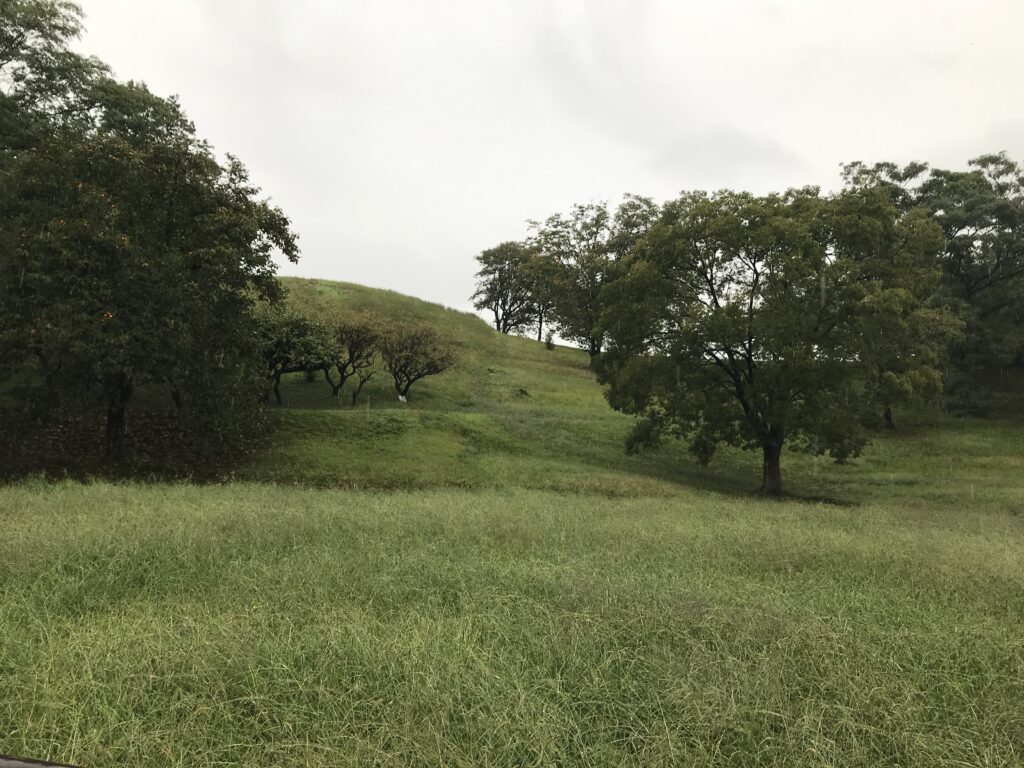
このエリアは、歩けば歩くだけ古墳と巡り合います。中には登れるように整備された古墳もあります。一見するとゴルフ場のような雰囲気ですが、古室山古墳と呼ばれる立派な古墳で、梅の季節には、紅梅・白梅ともに美しく古墳を飾るそうです。
フォルムが美しい仲姫命陵古墳
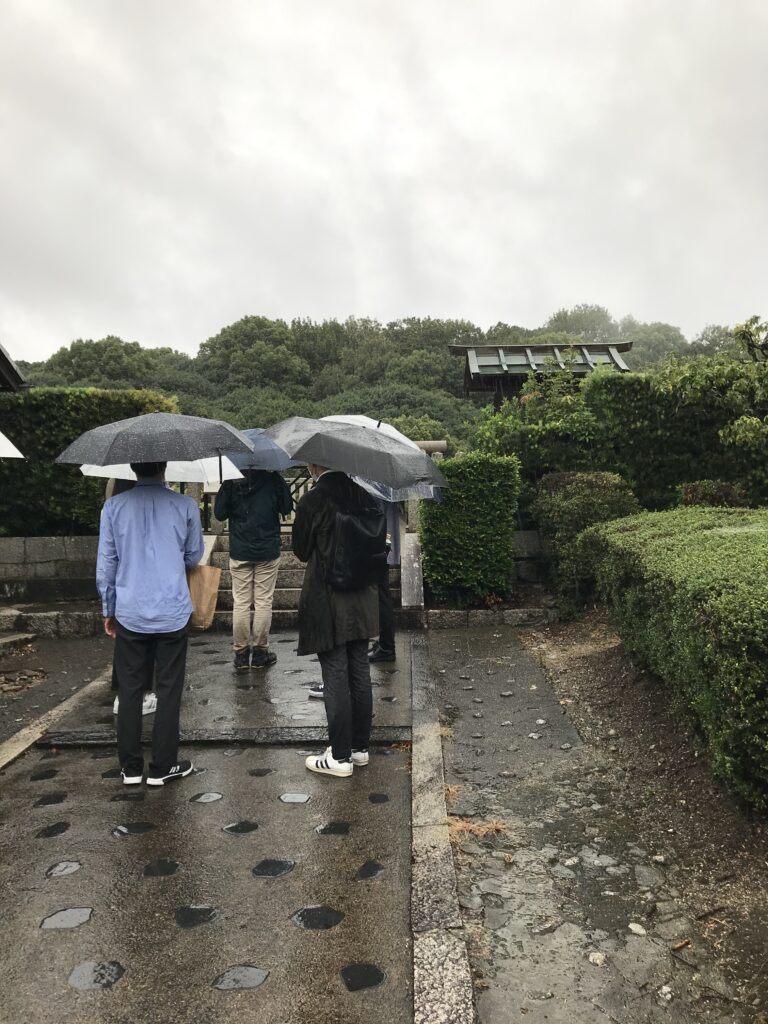
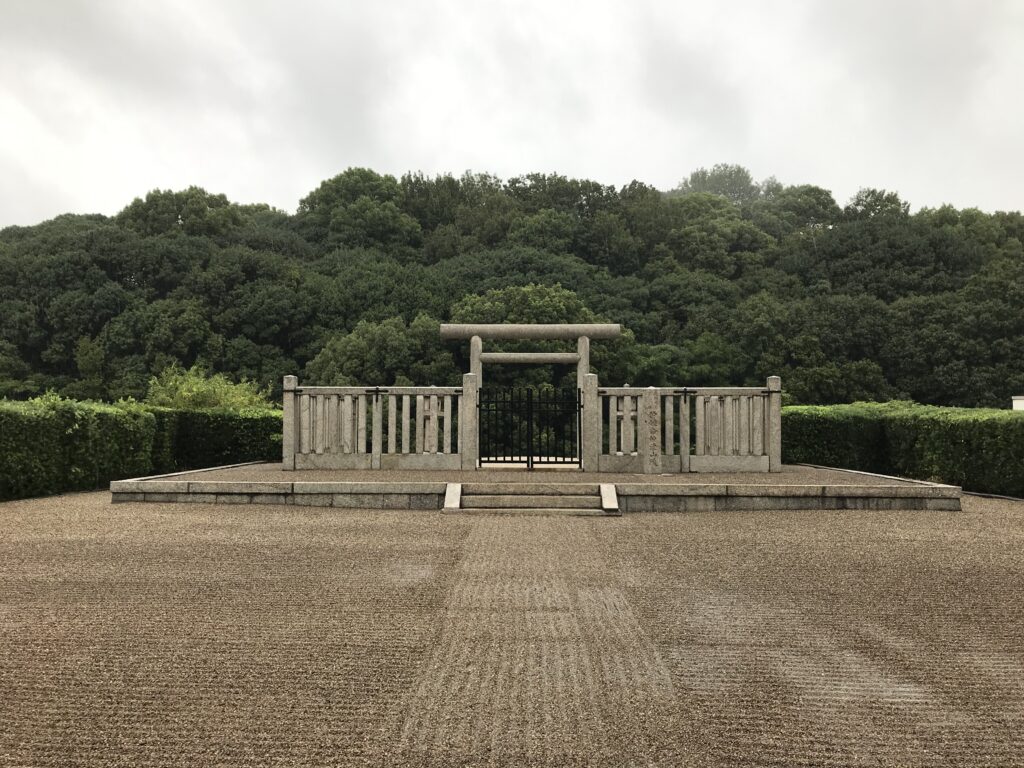
近鉄南大阪線がその横を沿うように走る、仲姫命陵古墳(なかつひめのみことりょうこふん)もこのエリアを代表する古墳の一つです。巨大すぎないため、見る場所によっては墳丘の形を視認することができます。毎年、研修を受けた方々の意見として、古墳の全景を観れないため楽しめないとの意見が出ます。仁徳天皇陵、応神天皇陵はその通りですが、仲哀天皇陵やこの古墳の場合、前方部と後円部とのくびれが見えるところから眺めると、頭の中でそのフォルムをイメージできると思います。発想を変えて、各自に全形をイメージしてもらうことに力点を置いてもいいのかなと、思うようになりました。(完)
古市古墳群が紹介されている書籍
「ザ・古墳群」に古市古墳群に含まれる古墳の詳細が紹介されています。
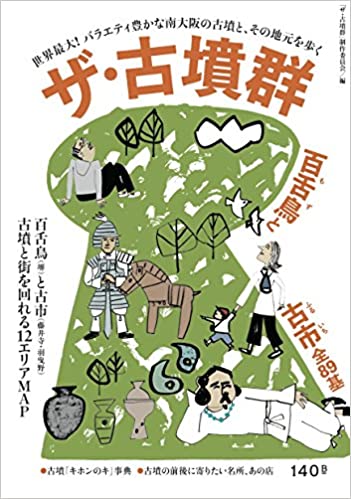
ザ・古墳群 百舌鳥と古市全89基 [ 「ザ・古墳群」制作委員会 ]
価格:1,650円
(2021/5/31 17:23時点)
感想(0件)
Emperor Yingyo’s Mausoleum and other tombs
For the third year in a row, we held a corporate training program that took place while visiting ancient tombs in the Furuichi area; the first year we toured the Ojin Emperor’s Tomb, the largest in the Furuichi area, and the second year we toured the beautifully formed Chuai Emperor’s Tomb. In the third year, the participants will not only visit some of the ancient tombs, but also temples and shrines such as Domyoji Temple and Domyoji Tenmangu Shrine to think about regional development through tourism.
The Mausoleum of Emperor Yingyo appears in a residential area with a bang. The water in the moat is mostly dried up, giving it a different atmosphere from other huge tombs filled with water. The shape of this tumulus is said to be exactly the same as those in Nara and northern Osaka, and some believe that the same blueprints may have been used.
The tour will include a visit to a small burial mound. Karatoyama Kofun, located near the Kintetsu Line, is a collateral mound of the tomb of Emperor Yingyo. It is said that the rear part of the tomb was partially cut away when the railroad was laid down. This is a case that makes us think about ancient tombs and urban planning.
On the other hand, there is a case where an expressway and a burial mound coexist. This is the Akamenyama burial mound located under the elevated Nishi-Meihan Expressway. The surface of the burial mound has been partially gouged by water dripping from the expressway. It seems that measures still need to be taken.
In this area, as you walk, you will encounter more and more ancient tombs. Some of the burial mounds have been prepared so that visitors can climb up to them. At first glance, it looks like a golf course, but it is a magnificent burial mound called the Furumuroyama Burial Mound, and both red and white plum blossoms beautifully decorate the burial mound during the plum season.
The Kintetsu Minami-Osaka Line runs alongside it, and the Nakatsuhime no Mikoto Ryoukofun tumulus is another of the area’s representative burial mounds. Because it is not too huge, the shape of the mound can be seen depending on where you look. Every year, the participants of the training say that they do not enjoy the tour because they cannot see the whole view of the tumulus. This is true for the Nintoku and Ojin Imperial Tombs, but in the case of the Chuai Imperial Tomb and this burial mound, if you view the mound from where you can see the neck between the front and back portions, you can visualize the form in your mind. I have come to think that it might be a good idea to change the concept and put more emphasis on having each person imagine the whole form. ( End )
Mausolée de l’empereur Yingyo et autres tombes
Pour la troisième année consécutive, nous avons organisé un programme de formation d’entreprise qui s’est déroulé lors de la visite de tombes anciennes dans la région de Furuichi. La première année, nous avons visité la tombe de l’empereur Ojin, la plus grande de la région de Furuichi, et la deuxième année, nous avons visité la tombe de l’empereur Chuai, de forme magnifique. La troisième année, les participants visiteront non seulement certaines tombes anciennes, mais aussi des temples et des sanctuaires tels que le temple Domyoji et le sanctuaire Domyoji Tenmangu pour réfléchir au développement régional par le tourisme.
Le mausolée de l’empereur Yingyo apparaît avec fracas dans un quartier résidentiel. L’eau des douves est en grande partie asséchée, ce qui lui confère une atmosphère différente de celle des autres immenses tombes remplies d’eau. On dit que la forme de ce tumulus est exactement la même que ceux de Nara et du nord d’Osaka, et certains pensent que les mêmes plans ont pu être utilisés.
L’excursion comprendra la visite d’un petit tumulus. Karatoyama Kofun, situé près de la ligne Kintetsu, est un monticule collatéral de la tombe de l’empereur Yingyo. On dit que la partie arrière de la tombe a été partiellement découpée lors de la pose de la voie ferrée. C’est un cas qui nous fait réfléchir sur les tombes anciennes et la planification urbaine.
D’autre part, il existe un cas où une voie rapide et un tumulus coexistent. Il s’agit du tumulus d’Akamenyama, situé sous la voie rapide surélevée Nishi-Meihan. La surface du tumulus a été partiellement creusée par l’eau s’écoulant de la voie rapide. Il semble que des mesures doivent encore être prises.
Dans cette zone, en marchant, vous rencontrerez de plus en plus de tombes anciennes. Certains des tumulus ont été préparés pour que les visiteurs puissent y grimper. À première vue, on dirait un terrain de golf, mais il s’agit d’un magnifique tumulus appelé Furumuroyama. Les fleurs de prunier rouges et blanches décorent magnifiquement le tumulus pendant la saison des prunes.
La ligne Kintetsu Minami-Osaka passe à côté, et le tumulus Nakatsuhime no Mikoto Ryoukofun est un autre des tumulus représentatifs de la région. Comme il n’est pas très grand, la forme du tumulus est visible selon l’endroit où l’on regarde. Chaque année, les participants à la formation disent qu’ils n’apprécient pas la visite car ils ne peuvent pas voir toute la vue du tumulus. C’est vrai pour les tombes impériales Nintoku et Ojin, mais dans le cas de la tombe impériale Chuai et de ce tumulus, si vous regardez le tumulus d’où vous pouvez voir le col entre les parties avant et arrière, vous pouvez visualiser la forme dans votre esprit. J’en suis venu à penser que ce serait une bonne idée de changer le concept et d’insister davantage pour que chaque personne imagine la forme dans son ensemble. ( Fin )
